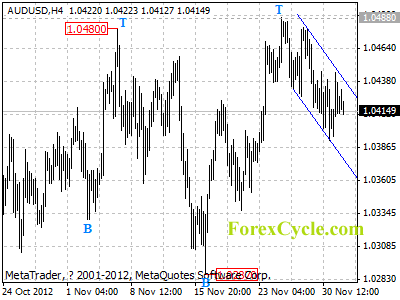Hedge funds that trade in the debt markets ‘have never had it so good’, as Henny Sender noted in the FT last week.
Financial conditions are as loose today as they were in 2007. That’s what Ben Bernanke himself said in a speech last month. As a result, companies are piling into the market to borrow money, and investors are lapping up their debt.
About the same amount of high-yield bonds (‘junk’ bonds) have been issued this year as in 2007. And according to JP Morgan, more of these high-risk loans are being dished out with fewer conditions than ever before. Companies are also borrowing cheap money to fund payment of dividends.
In other words, the Fed’s quantitative easing (QE) policy is working. By printing money to buy government bonds (Treasuries, as they’re known in the US), the Fed has driven down interest rates on US Treasuries. It’s also been buying mortgage debt.
As a result, those who want to make any money in the markets, are being pushed further out the ‘risk curve’, as the jargon would have it. What this means is that they are buying ever-dodgier investments in a desperate hunt for returns.
As James Montier of GMO puts it: ‘Bernanke’s first commandment to investors goes something like this: Go forth and speculate. I don’t care what you do as long as you do something irresponsible.’
There are lots of downsides to this. Not least of all, prices now don’t reflect risk ‘at all’, as Sender notes. ‘Should Philippine government debt really be yielding 3.6%?’ she asks.
This mispricing of risk is exactly what happened before the big bust in 2008. So what happens next?
What Does this Mean for Investors?
That depends. How long can the Fed maintain this policy of ‘financial repression‘?
Financial repression is a strategy for buying time while you heal the underlying problems with your economy. You try to stop the whole thing from having a cataclysmic crash, while allowing bursts of inflation to erode your debts.
It’s basically a massive tax on savers of all kinds. As Sender notes: ‘households cannot earn anything on their savings, pension funds are badly underfunded and insurers cannot generate enough investment income.’
But it’s not an easy tightrope to walk. As Scott A Mather pointed out in a piece for bond fund manager Pimco last year, the danger is that alongside financial repression, you get: ‘asset booms / busts, uncontrollable bouts of inflation, sudden stops in economic activity from loss of confidence, or capital flight.’
Moreover, financial repression might not work as well now as it did following World War II, simply because growth prospects in the developed world aren’t as good as they were then.
So plenty can go wrong. This all sounds very depressing. How do you cope with it as an investor?
Well, the good news is that the answer is the same as it usually is: buy stuff that’s cheap and avoid stuff that’s expensive. Bonds in general are too expensive, as we can see pretty clearly from the above examples. Because of this, you run too much risk of losing money in real terms if you invest in bonds today.
What about stocks? As Montier puts it, GMO ‘don’t like stocks as an asset class compared to what we think fair value should be. However, the alternatives are generally really awful.’
The key is to realise that all along this financial repression tightrope, the markets are still going to ‘swing between irrational exuberance and the depths of despair.’
So if you can buy assets when markets are unfairly neglecting them, and sell them when they are over-priced, you should still be able to make a decent return after inflation.
John Stepek
Contributing Editor, Money Morning
Publisher’s Note: This is an edited version of an article that originally appeared in MoneyWeek
From the Archives…
Now it’s the Turn of These Small-Cap Stocks to Rally…
31-11-2012 – Callum Newman
Why It’s Possible to Buy AND Sell This Market
30-11-2012 – Kris Sayce
William Knox D’Arcy: The Greatest Australian You’ve Never Heard Of
30-11-2012 – Callum Newman
Why I’m Bullish on These Beaten-Down Stocks
28-11-2012 – Kris Sayce
Natural Gas to Rule the World
27-11-2012 – Dr. Alex Cowie






 Tradervox.com (Dublin) – The sterling has declined against the euro for the third week in a row where it touched its weakest level in more than a month. The strong euro has been boosted by bets the European policy makers are doing everything possible to resolve the debt crisis dampening demand for the safe haven currencies. The pound remained little changed against the dollar after a report released last week showed gross domestic product climbed by one percent in the third quarter.
Tradervox.com (Dublin) – The sterling has declined against the euro for the third week in a row where it touched its weakest level in more than a month. The strong euro has been boosted by bets the European policy makers are doing everything possible to resolve the debt crisis dampening demand for the safe haven currencies. The pound remained little changed against the dollar after a report released last week showed gross domestic product climbed by one percent in the third quarter.